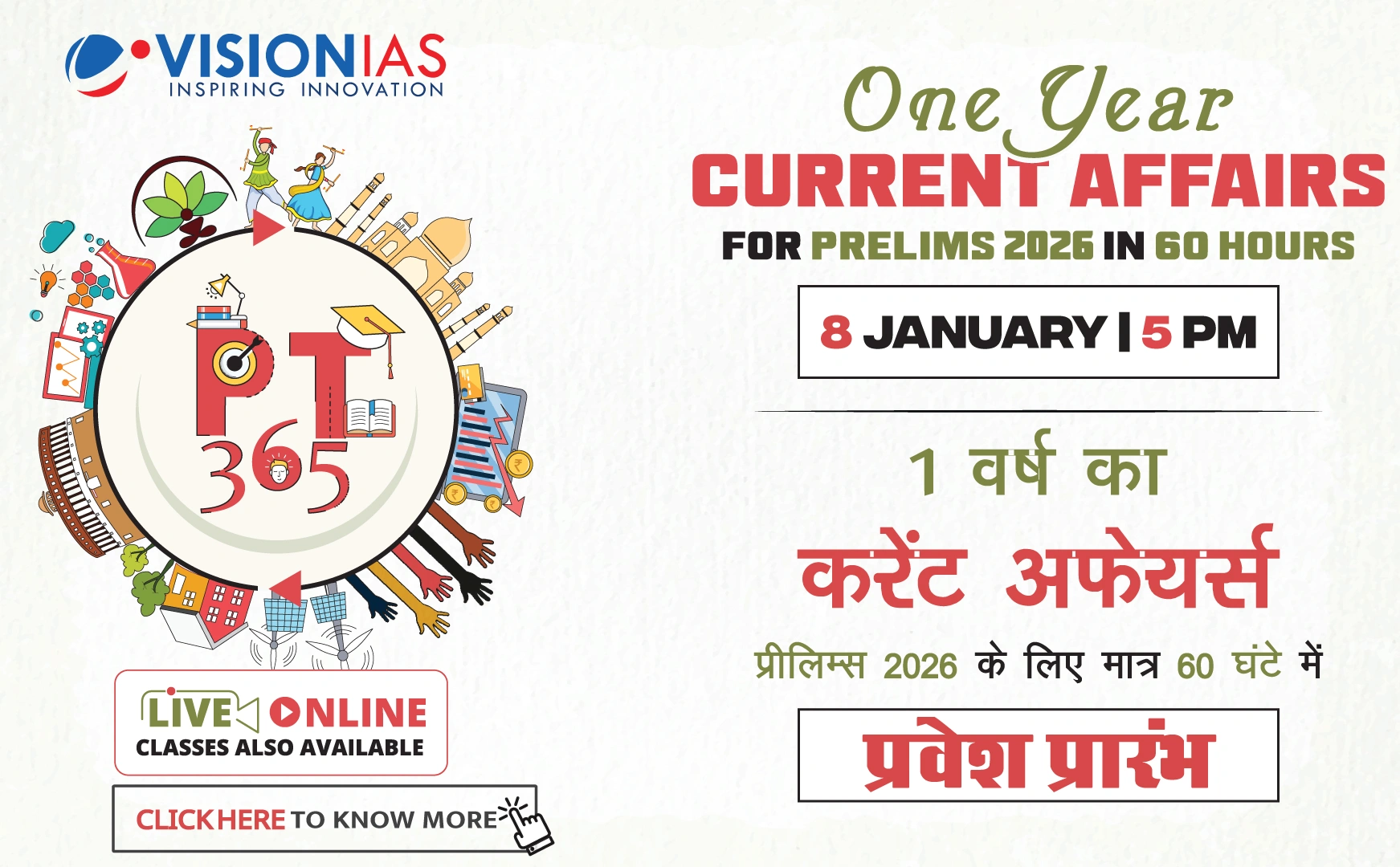Global Climate Change Context
The current global context is significantly influenced by climate risks, with political figures like Donald Trump posing challenges to climate action. As climate impacts intensify, the need for strategic action to mitigate these risks while fostering economic growth and inclusive development is crucial, especially for countries in the Global South.
Clean-Energy Transition in India
Current Challenges
- India faces substantial energy poverty, with unreliable and expensive electricity supply for many households and industries.
- The dependence on coal for 75% of electricity generation necessitates strategies for clean and affordable energy.
Government Initiatives
- The Union government plans to achieve 500 GW of clean-energy capacity by 2030, aiming to displace rather than replace coal by enhancing solar and wind energy output to meet 44% of demand.
- This requires doubling clean energy capacity while increasing electricity consumption, indicating a significant commitment to renewable energy transition.
Progress and Challenges
- India has approximately 200 GW of installed clean-energy capacity, representing 45% of power-generation capacity as of March 2024, but non-fossil sources generate less than 25% of electricity.
- New renewable sources like solar and wind contribute only 13%, highlighting a gap in achieving the necessary energy transition.
Issues with Implementation
- There is a discrepancy between installed and generation capacity of solar and wind, requiring better tracking of capacity-utilization factors.
- Data for private plants is lacking, hindering transparency and progress.
- Many projects remain uncommissioned or face delays due to issues with power-purchase agreements (PPAs) and reluctance from state agencies to sign due to pricing concerns.
- Despite cheaper solar power, the intermittency of solar and wind needs solutions like storage or round-the-clock projects, which also face commissioning challenges.
Conclusion
Addressing these issues is critical for achieving India's clean energy goals. Fixing the shortcomings in the implementation of renewable projects is essential to meet the target of 500 GW of clean power, contributing significantly to global climate change mitigation efforts.



